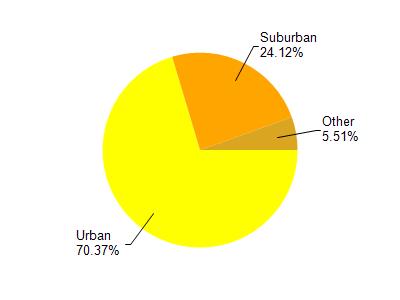Milwaukee
No
No
No
Fish and Aquatic Life
Overview
This 24-acre, moderately hardwater seepage lake lies on Washington Island. A cobblestone ridge separates the lake from Lake Michigan. The water is clear and no deeper than 6 feet. Aquatic weeds and fluctuating water levels are major use problems. Although the lake sometimes suffers from winterkill, it has been periodically stocked with yellow perch and smallmouth bass. Much of the shoreline is undeveloped with no public access available; the lake is of high aesthetic value.
Date 2006
Author Aquatic Biologist
Historical Description
A small pond constructed in 1900, part of a 34.7-acre county park. The pond receives water from the metropolitan water system and therefore reflects the water quality of Lake Michigan. The bottom is primarily clay and the water is generally turbid with few planktonic crustacea. Carp and bullheads constitute the limited fishery. Algae blooms and winterkills are major problems. This is a duck sanctuary, however, local disturbances limit use by waterfowl. The park maintains a boat livery and offers ice skating. Source: 1964, Surface Water Resources of Milwaukee County Kosciuszko Park Pond, T6N, R22E, Section 5 Surface Acres = 2.8, S.D.F. = 1.33, Maximum Depth = 5.0 feet
Date 1964
Author Surface Water Inventory Of Wisconsin
Condition
Wisconsin has over 84,000 miles of streams, 15,000 lakes and milllions of acres of wetlands. Assessing the condition of this vast amount of water is challenging. The state's water monitoring program uses a media-based, cross-program approach to analyze water condition. An updated monitoring strategy (2015-2020) is now available. Compliance with Clean Water Act fishable, swimmable standards are located in the Executive Summary of Water Condition in 2018. See also the 'monitoring and projects' tab.
Reports
Management Goals
Wisconsin's Water Quality Standards provide qualitative and quantitative goals for waters that are protective of Fishable, Swimmable conditions [Learn more]. Waters that do not meet water quality standards are considered impaired and restoration actions are planned and carried out until the water is once again fishable and swimmable
Management goals can include creation or implementation of a Total Maximum Daily Load analysis, a Nine Key Element Plan, or other restoration work, education and outreach and more. If specific recommendations exist for this water, they will be displayed below online.
Monitoring
Monitoring the condition of a river, stream, or lake includes gathering physical, chemical, biological, and habitat data. Comprehensive studies often gather all these parameters in great detail, while lighter assessment events will involve sampling physical, chemical and biological data such as macroinvertebrates. Aquatic macroinvertebrates and fish communities integrate watershed or catchment condition, providing great insight into overall ecosystem health. Chemical and habitat parameters tell researchers more about human induced problems including contaminated runoff, point source dischargers, or habitat issues that foster or limit the potential of aquatic communities to thrive in a given area. Wisconsin's Water Monitoring Strategy was recenty updated.
Grants and Management Projects
Monitoring Projects
| WBIC | Official Waterbody Name | Station ID | Station Name | Earliest Fieldwork Date | Latest Fieldwork Date | View Station | View Data |
|---|
| 10000 | Kosciuszko Park Pond | 104402 | Kosciuszko Park Pond | | | Map | Data |
| 10000 | Kosciuszko Park Pond | 10040099 | Milwaukee Co. Parks - Kosciuszko Park | 7/30/2014 | 9/3/2014 | Map | Data |
| 10000 | Kosciuszko Park Pond | 10041091 | Kosciuszko Park Pond East Shore | 10/8/2003 | 10/8/2003 | Map | Data |
|

Watershed Characteristics
Kosciuszko Park Pond is located in the Kinnickinnic River watershed which is 33.35 mi². Land use in the watershed is primarily urban (70.30%), suburban (24.10%) and a mix of forest (2.80%) and other uses (2.70%). This watershed has 26.80 stream miles, 4,950.14 lake acres and 68.30 wetland acres.
Nonpoint Source Characteristics
This watershed is ranked High for runoff impacts on streams, High for runoff impacts on lakes and High for runoff impacts on groundwater and therefore has an overall rank of High. This value can be used in ranking the watershed or individual waterbodies for grant funding under state and county programs.However, all waters are affected by diffuse pollutant sources regardless of initial water quality. Applications for specific runoff projects under state or county grant programs may be pursued. For more information, go to surface water program grants.